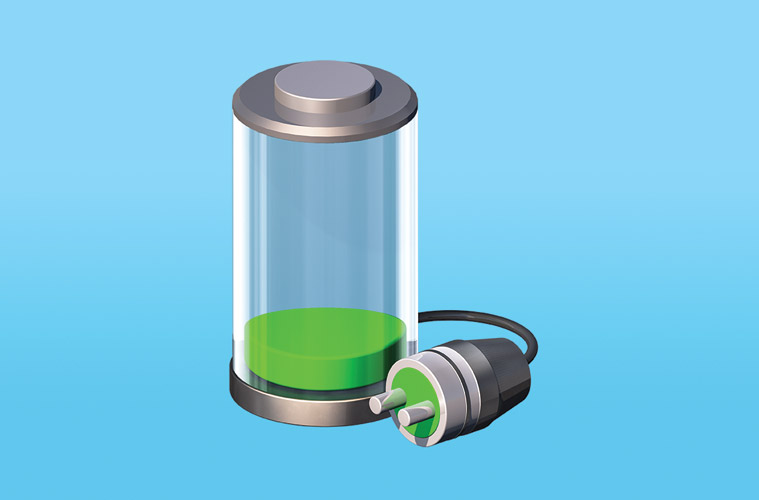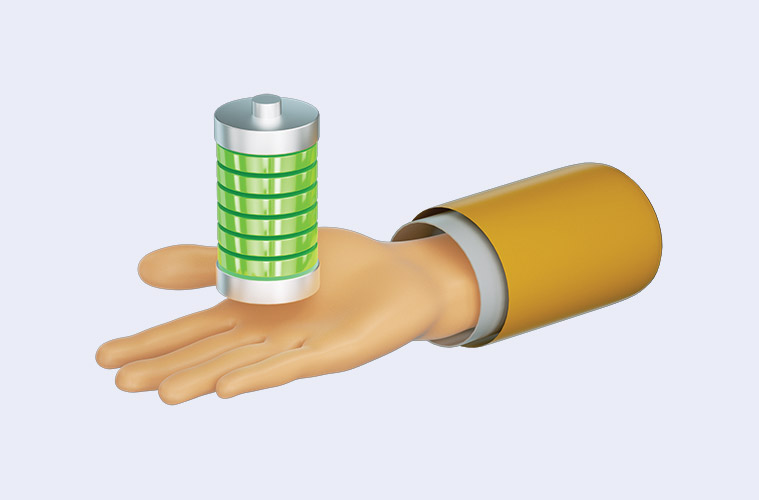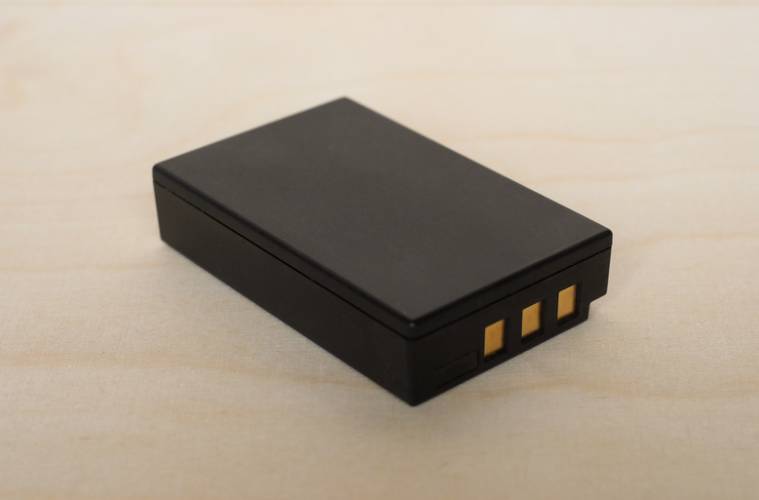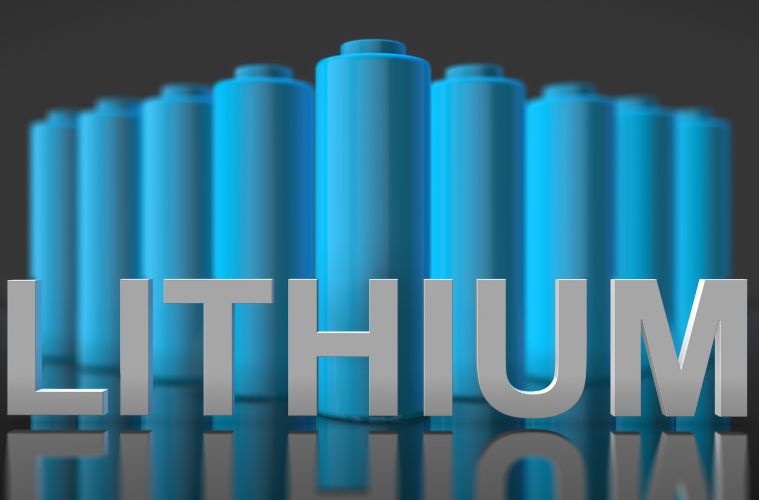
As lithium-ion batteries age, their ability to hold a charge diminishes. This means that an older battery will require more time to charge than a newer one. Additionally, the internal resistance of the battery increases as it gets older, which can also contribute to longer charging times.
Another factor that can affect charging times is how the battery has been used and stored. If a battery has been frequently discharged to very low levels, or exposed to high temperatures, its performance may have degraded, leading to longer charging times.
It’s also worth noting that different types of lithium-ion batteries have different charging characteristics. For example, lithium iron phosphate (LiFePO4) batteries are known for their long lifespan and low self-discharge rate, but they can take longer to charge than other types of lithium-ion batteries.
To prolong the life of a lithium-ion battery and maintain optimal charging times, it’s important to avoid overcharging the battery, as well as exposing it to high temperatures or extreme cold. Additionally, it’s best to avoid letting the battery discharge to very low levels before recharging.
In summary, Old Li-ion batteries take long to charge because as the battery ages, its capacity to hold a charge decreases and the battery’s internal resistance increases over time. Furthermore, how the battery has been used and stored can also affect the charging time of the battery.




